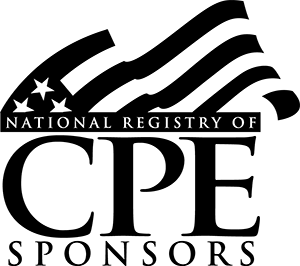Course Library
This program uses a two year case study to illustrate the effects of losses in excess of shareholder’s stock and debt basis in the first year (2021) and income in the second year (2022). The case study involves a commercial corporation with multiple shareholders and separately stated items. The hypothetical corporation is subject to the business interest limitation in the first year and has excess taxable income in the second year. The corporation is also subject to the built-in gains tax. Each shareholder has a different basis. Some have loans and repayments.
Part 1 illustrates the treatment of a significant overall loss on the corporation and the shareholders. Part 2 covers the subsequent year, in which the corporation’s income allows the corporation and shareholders to recoup some or all of their losses from the first year.
Part 1 of this case study shows Form 1120-S with Schedule K-1, Schedule K-2 and Schedule K-3, which are required of many S corporation is for the 2021 taxable year and will likely be required for all S corporations for the 2022 returns. It also demonstrates completion of shareholder Form 7203, required for most S corporation shareholders for 2021 tax returns.
Part 2 of this case study begins with the acquisition of another S corporation, for which the buying corporation and selling shareholder elect Section 338(h)(10) treatment. Next are Form 1120-S with Schedule M-3, Schedule K-1, Schedule K-2 and Schedule K-3. Form 8990 shows the allowance of a prior suspended business interest deduction. This case also shows the result of a previous year carryforward on the corporation’s built-in gains tax liv, and the effects of that tax on the pass through to shareholders.
Each shareholder’s Form 7203 shows the effect of income after losses. One shows the treatment of debt repayment. Finally the case shows the proper treatment of the current year’s income on prior years’ suspended losses from basis, amount at risk passive activity loss and excess business loss limitations

